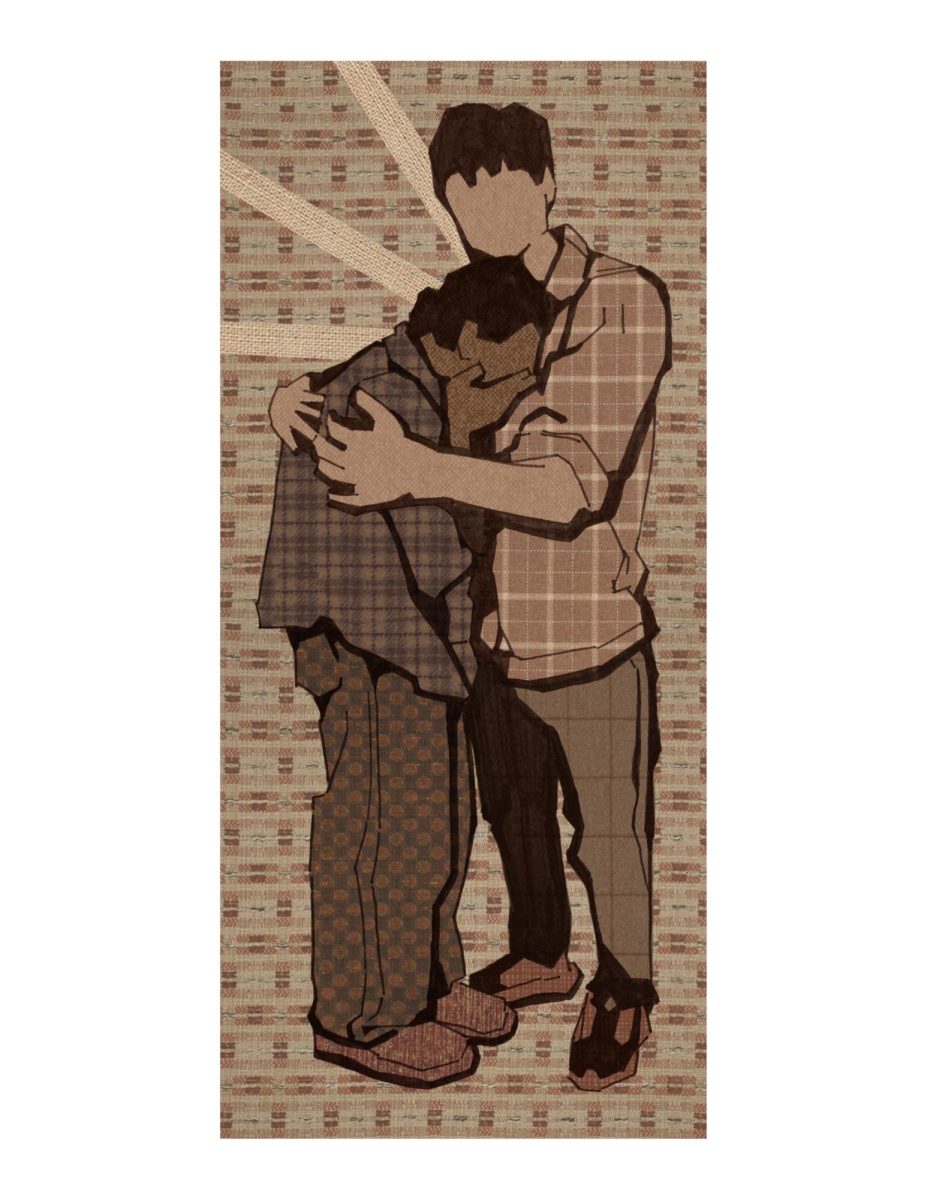For the first time in Biola’s history, enrollment cannot keep increasing. Biola has a standing agreement with the city of La Mirada not to exceed 5,000 on-campus, full-time students for environmental reasons. That number was set in the late 1990’s. Now, with Biola welcoming its largest ever incoming class, the figure that once loomed off in the distance is fast closing in.
Biola is literally bursting at the seams. Last year, 4,575 students qualified as on-campus, full-time students. This year, we increased that number by over 300 with 4,878, full-time students. With a buffer of only 122 students before we reach the cap, Biola simply cannot continue its current growth rate.
Increasing enrollment bringing Biola closer to a hard choice
The school faces a crucial choice — be satisfied with the set cap and face having to turn eligible students away, or seek to change the law. Biola would not be the first university to have to operate within enrollment limits. Point Loma Nazarene University in San Diego reached its city-imposed enrollment cap in 1998. Westmont College keeps its enrollment at 1,200 students to satisfy its home city of Santa Barbara.
Biola is in a difficult position — overcrowded and, in a sense, underfunded. In the budgeted 2010-2011 fiscal year, student-generated funds from tuition, room, board, fees and the bookstore amount to 92 percent of the university’s total operating budget of $152,692,307, according to detailed financial forms. Biola needs students to sustain it. Yet, at the same time, additional students drive up operating costs.
Effects of large enrollment already evident
Biola is already feeling the effects of mushrooming enrollment. Additional faculty are needed to keep classroom ratios low, a significant selling point of private education. Parking spaces are already insufficient for the number of registered cars on campus. Dorm rooms are tripled-up and Hope Hall lost its floor lobbies this year to house students in quads.
In this time of growth, how will Biola continue balance quantity and quality? And, if we stay within the cap, how will we manage enrollment? Will we become a more academically selective university? This might be beneficial. Historically, students with better academic records coming into college are more likely to complete the four years. And the gap between the brightest and least brightest students would narrow. Additionally, already scant scholarship money might go farther.
Or will we simply stop accepting applicants once the university has reached capacity? Booming enrollment in the face of a poor economy demonstrates the strength of students’ desire to come. It would be a shame to deny them this opportunity to be trained for the Kingdom on account of spacial or financial restraints.
Considering the future
Students may not realize how good we have it here at Biola. At Point Loma Nazarene University, freshmen aren’t permitted to bring cars. At many schools across the nation, upperclassmen can’t live on campus.
If enrollment continues to climb, we will experience some painful growing pains. And we may be required to sacrifice some of the comforts we enjoy. But is the Biola community ready to accept that?
As we look to the future and determine what kind of university we will become, Biola, let us do three things. First, let us be willing to make sacrifices, starting with being open-minded about change and possibly holding back our complaints. Second, let us also pray for our leaders in the midst of making these future-shaping decisions. And finally, let us remember that, despite present limitations, our God is not defined by limits.






